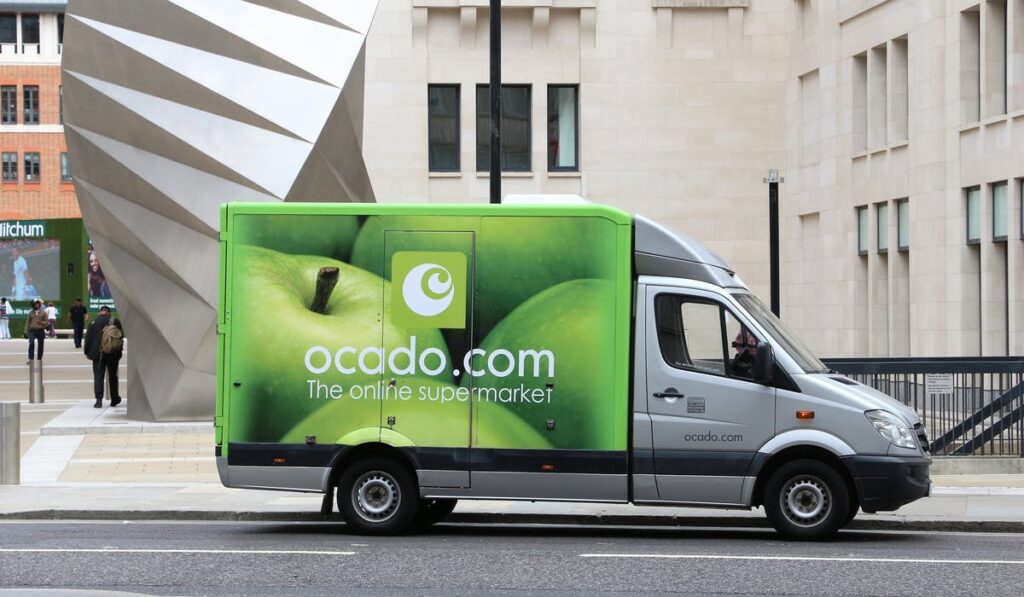Ocado reports bigger basket sizes and more frequent shops, as the online retailer credits marketing’s part in “terrific year”.
 Ocado Retail credits customer acquisition and a value push for delivering a 13.9% revenue boost.
Ocado Retail credits customer acquisition and a value push for delivering a 13.9% revenue boost.
In a call with investors today (27 February), CFO Stephen Daintith claimed Ocado Retail had enjoyed a “terrific year” having grown its share of the online grocery market to 12.9% and is the “the fastest growing grocer in the UK”
A joint venture with Marks & Spencer, Ocado Retail drove a 12.1% increase in active customers and saw “strong growth of mature customers” of 11.8%. Orders grew by 12.5% over the period, as the business passed its milestone of 1 million active customers in Q1 and 500,000 orders per week during Q4.
Basket sizes also increased by 0.2% to 44.2 items, “supported by investment in price which led to continued lower-than-market price inflation”. The business attributes this rise in order frequency to its “strengthened customer proposition and focus on value”.
Last month, Ocado Retail CEO Hannah Gibson told investors the grocer has seen “encouraging growth” in its customer base switching from all supermarkets, with frequency and basket price increasing – which was echoed by Daintith.
“The customer is now shopping, I believe for the first time, in less than 14 days for the next order. So the gap between orders is reducing and frequency is improving quite significantly,” he said.
According to the company, growth in both the value and numbers of new customers was driven by an “enhanced customer proposition”, improved targeting, new items in the range (including M&S products) and “effective marketing, with a reduced cost of acquisition over the year”.
The business also highlighted “good customer acquisition results through improvements in marketing, driven by channel efficiency activities”. Marketing spend as a percentage of revenue for Ocado Retail decreased to 1.6%, as the business sought to “optimise” the marketing mix.
Ocado Retail defines its marketing costs as the cost of marketing activities to customers excluding voucher costs, which are included within revenue. The brand noted work done to increase awareness of the Ocado value proposition its ‘Ocado Price Promise’ and ‘Big Price Drop’ campaigns.
Last month, the business praised “improved marketing efficiency” for its “record-breaking Christmas”, following the decision to slash marketing spend by a third in the first half of 2021 and keep spending flat in the first half of 2024.
“We are being more effective and efficient with how we drive that activity. As ever with marketing, it’s about making sure we’re continuing with customer customisation, looking at the channel mix, getting the messaging right and continually assessing the details on how to drive that marketing efficiency,” said Gibson in January.
Ocado’s current approach is informed by its “back to the future” strategy to prices, marketing and budgets intended to improve customer acquisition and retention. Speaking last February, CEO Tim Steiner talked about “going back to basics”, the idea being to move away from “broader marketing activities that brought in higher numbers, but of less quality.”


